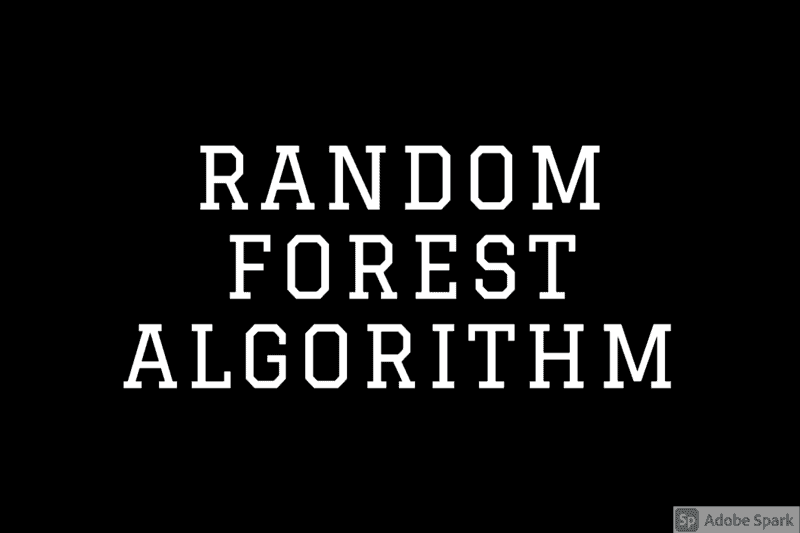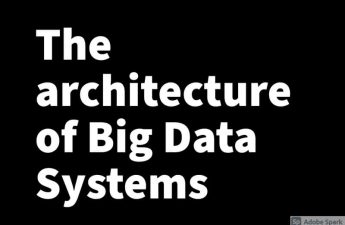In this article, we will talk about machine learning ensembles Random Forest Machine Learning Algorithm its theory behind it, and use cases for the Random Forest Algorithm. However, before getting into the discussion of the Random Forest Algorithm I would like to spend some time and discuss machine learning. I believe that machine learning has become a very important area in analytics and big data. Machine learning is about automating the automation by teaching computers to program themselves and that we can achieve by using historical data.
According to Bill Gates “A breakthrough in Machine Learning would be worth ten Microsoft“.
As most of us already know that any machine learning algorithms that fall into either of these four types of learning –
- Supervised (Inductive) Learning: This machine learning requires a data scientist to provide input data set along with the desired output.
- Unsupervised Learning: In this learning, the training dataset does not include the desired output.
- Semi-Supervised Learning: As the name, itself suggests in this training data includes a few desired outputs.
- Reinforcement Learning: It’s Semi-Supervised learning and sequence of action. However, it’s the least popular in machine learning.
One of the popular Supervised machine learning algorithms is the Random Forest Algorithm. Random forest or Random decision forest is a method that operates by constructing multiple decision trees during the training phase. The decision of most of the trees is chosen by the random forest as the final decision. Random Forest Machine Learning Algorithm is an ensemble learning method because it uses multiple learning algorithms to obtain better predictive performance.
How Random forest Algorithm works:
Assume, we have the dataset of traffic and we would like to detect the object by implementing random forest.

- The first decision tree decides that the output is a car and we have decision tree 2 that decides that output is a bus and the next decision tree decides that output is a car.
- Next step we will combine all outputs together that we call the random forest and this random forest indicates that the algorithm got 2 votes for the car and 1 vote for the bus.
- Most of the decision tree’s output is a car; Hence the final decision is cars.
Application of Random Forest Machine Learning Algorithm:
- Remote Sensing: Today Random forest widely used in Remote sensing for example they are used in ETM devices to acquire images of the earth’s surface from space. ETM is an enhanced thematic mapper used on satellites to see far outside the human spectrum.
- Banking sector: Random forest algorithm can be used to identify fraud and loyal customers in the banking sector.
- The random forest can detect the fraud transaction by a series of patterns.
- Object Detection: Multiple class object detection is done using the Random Forest Algorithm. One of the examples of object detection is identifying different types of cars, buses, bikes, and heavy vehicles in the traffic.
- Stock Market: Random Forest Algorithm plays an important role to predict the stock market behavior. Also, it can show the expected loss and gain for any particular stock.
Thank you for reading. We hope this gives you a brief understanding of the latest news. Are you interested read about other latest articles on Machine Learning and Data Science? Explore our Technology blogs for more.



